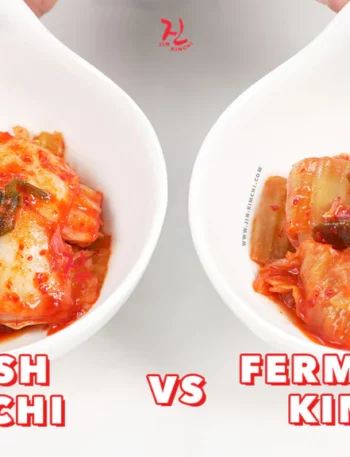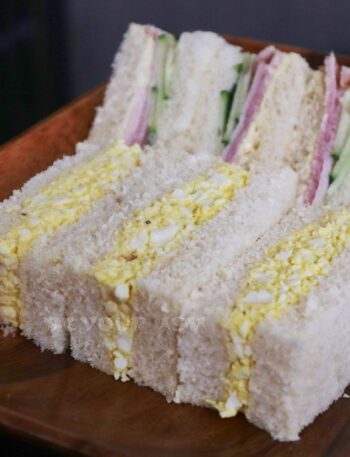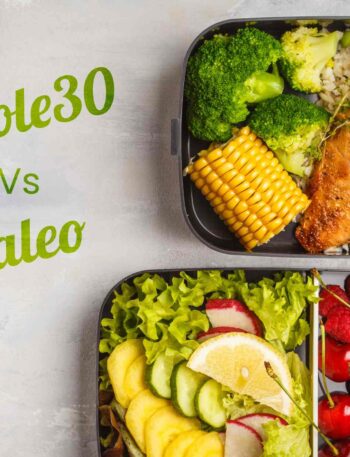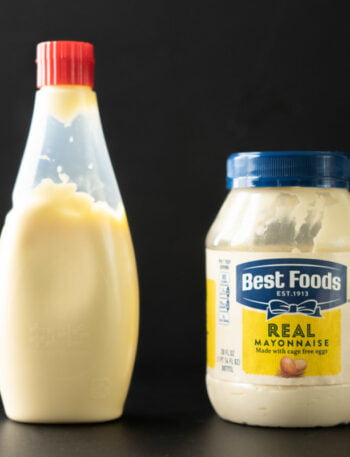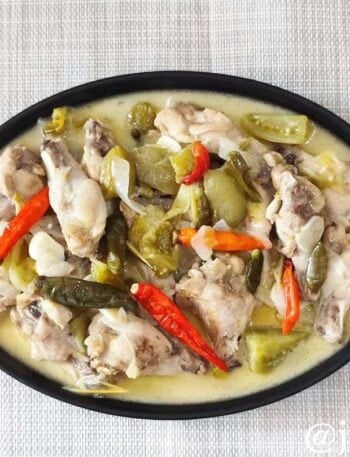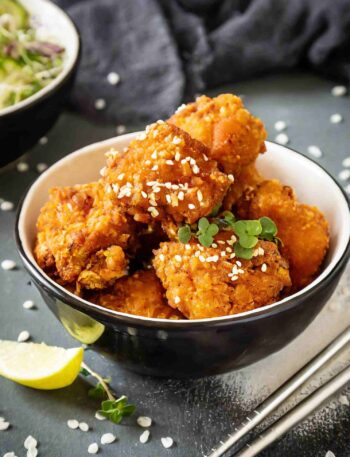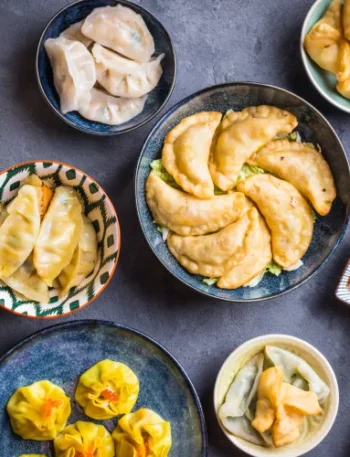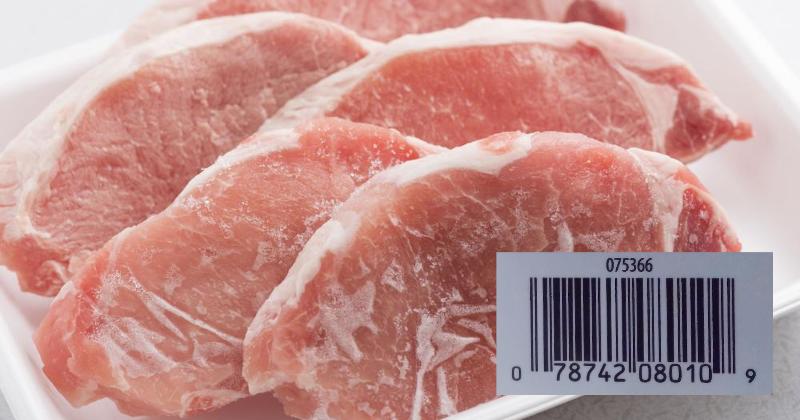
Walk into any modern grocery store and you’re not shopping — you’re speed dating with shelf-stable strangers. Bright labels, bold claims, pretty packaging whispering sweet nothings like “low-fat,” “heart-healthy,” or “now with added vitamins.”
But crack that wrapper open and what you’re really tasting is a lie. A very well-funded, mass-manufactured lie with a barcode slapped on it like a price tag on your trust.
Food used to come with dirt under its fingernails. Now it comes with legal disclaimers and ingredient lists that read like expired chemistry homework.
Somewhere along the way, nourishment stopped being about love and turned into logistics. And if it needs a barcode to be tracked, labeled, and scanned into a system, it probably wasn’t made for your body. It was made for a warehouse.
Real food doesn’t shout. It doesn’t need neon fonts or “limited-time-only” stickers. It rots. It bruises. It wilts. It’s fragile because it’s alive.
And that’s the whole point. Real food spoils. Fake food markets. One feeds your cells. The other feeds a supply chain.
See, love is messy. It takes time. It doesn’t show up frozen in shrink wrap. It requires peeling, chopping, seasoning, and patience. The kind of patience that isn’t microwave-compatible.
But we traded flavor for speed, depth for convenience, and ended up chewing on textureless bites of regret.
The tragedy? Most of us were raised on this artificial affection. We thought Pop-Tarts were breakfast and cereal was dinner when Mom worked the late shift. We didn’t question it. The supermarket had it all, and cheaper.
But here’s what no barcode can tell you: the price of cheap food gets paid somewhere. Usually in your gut, your brain fog, your mood swings — or your quiet suspicion that something’s off, even when your plate looks “normal.”
Ever tried asking a box of nuggets who raised them? No answer, just preservatives.
You don’t fall in love with food made on a conveyor belt. You fall in love with what stains your fingers. With what’s ugly, uneven, and smells like it was grown, not synthesized. That’s the food that remembers where it came from — and lets you remember who you are.
This isn’t about gatekeeping avocados or shaming your freezer section — it’s about waking up. If your “healthy option” needs a mascot and a jingle to sell it, that’s not nourishment, that’s marketing.
Real love doesn’t need branding. It needs soil, sweat, and sometimes, a grandma who curses while stirring the pot.
Let’s put it this way:
“You can’t barcode a heartbeat.”
You also can’t slap a QR code on soul food and call it the same thing.
And yeah, we get it. Life’s fast. Rent’s due. You’re tired. But fast food feeds hunger. Slow food feeds memory.
That meal someone made you when you were sick? That first bite of street corn on a humid night? That soup that tasted like home, even when you had no address? None of that came from a box with a shelf life longer than your last relationship.
Real food loves you back.
Barcoded food just clocks in for a paycheck.
So maybe next time, skip the aisle that feels like a robot stocked it. Get your hands dirty. Burn the onions a little. Cry while chopping garlic. Curse the rice for sticking. And eat something that doesn’t beep when you scan it — eat something that hugs you back.
Because if your food has a barcode, it’s not real love.
It’s a placeholder. A product. A profit margin.
And you deserve better than being fed by strangers in lab coats.



